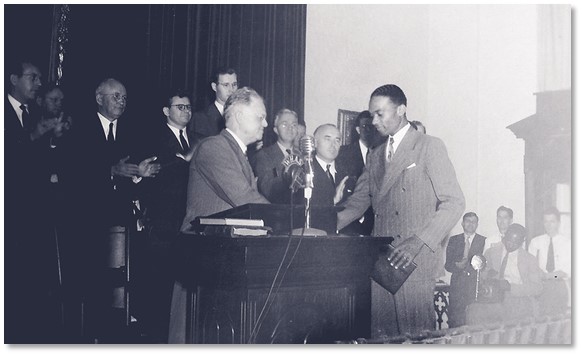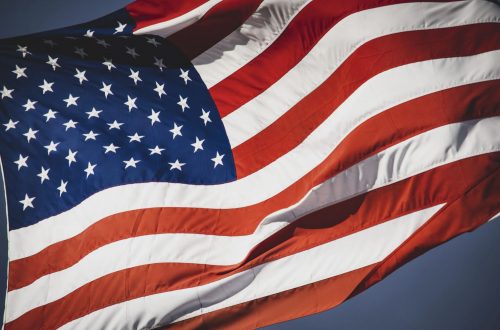In late 2017, Southern Seminary President R. Albert Mohler Jr. appointed a committee of six persons to prepare a report on the legacy of slavery and racism in the history of the Southern Baptist Theological Seminary. Today, that report was released.
We all know the sad history of slavery and racism in the SBC, and we know that SBTS has been part of that story going back to 1859. Still, it is heart-breaking to read the particulars, and this report has those. I am grateful for my colleagues who worked for the last year to produce this report—Curtis Woods, John Wilsey, Kevin Jones, Jarvis Williams, Matt Hall, and Greg Wills. Well done.
There is much that could be said about this history, but I will comment on one name that stood out–Garland Offutt (pictured above). In 1944, Dr. Offutt was the first black graduate of Southern Seminary. Even though SBTS had taken the step to integrate, they still would not allow Dr. Offutt to participate in commencement. Why? Because he was black.
And this is but one story. There are many more. Read the rest of the report for yourself, and lament.
“Rend your hearts and not your garments…” -Joel 2:13
Below is a summary of the findings of the full report:
- The seminary’s founding faculty all held slaves.
- The seminary’s early faculty and trustees defended the righteousness of slaveholding.
- Upon Abraham Lincoln’s election, the seminary faculty sought to preserve slavery.
- The seminary supported the Confederacy’s cause to preserve slavery.
- After emancipation, the seminary faculty opposed racial equality.
- In the Reconstruction era, the faculty supported the restoration of white rule in the South.
- Joseph E. Brown, the seminary’s most important donor and chairman of its Board of Trustees 1880-1894, earned much of his fortune by the exploitation of mostly black convict-lease laborers.
- The seminary faculty urged just and humane treatment for blacks.
- Before the 1940s, the seminary faculty generally approved the Lost Cause mythology.
- Until the 1940s, the seminary faculty supported black education and the segregation of schools and society.
- In the nineteenth and early twentieth centuries, the seminary faculty appealed to science to support their belief in white superiority.
- The seminary admitted blacks to its degree programs in 1940 and integrated its classrooms in 1951.
- The seminary faculty supported civil rights for blacks but had mixed appraisals of the Civil Rights Movement.
Read the rest of the report below or download here.




